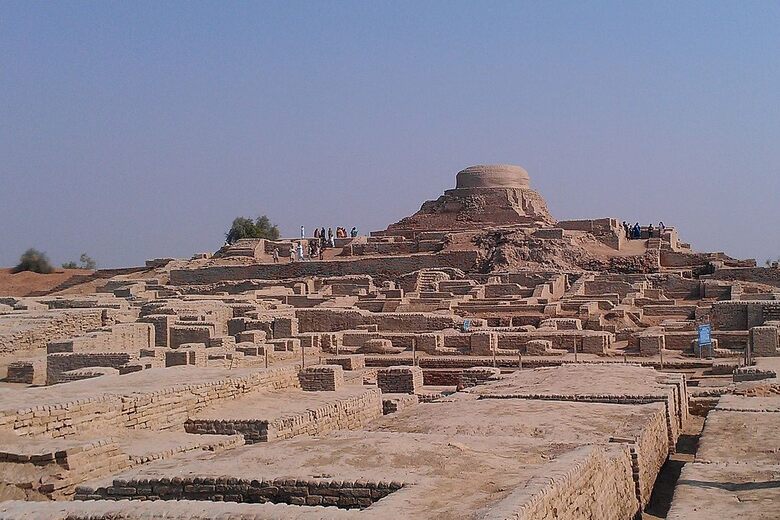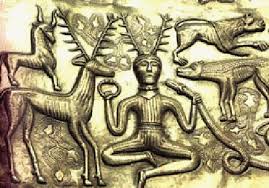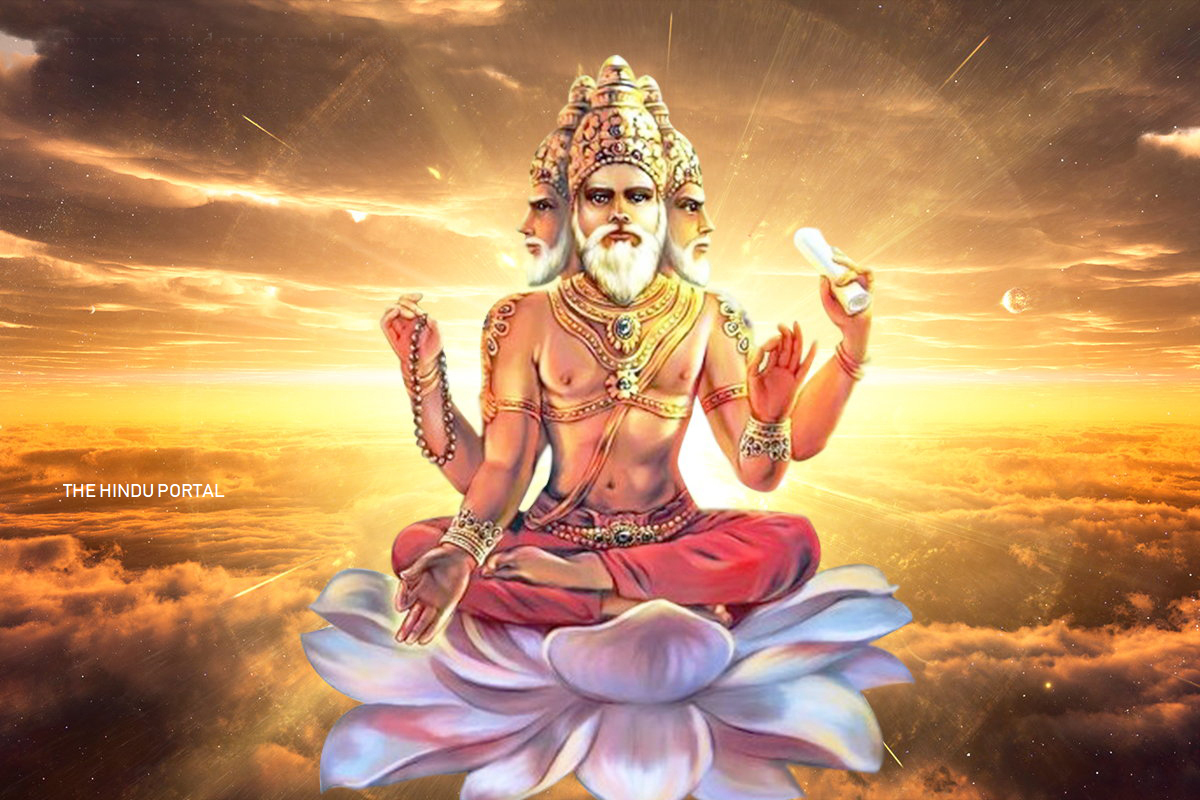“When the roots are deep, there is no reason to fear the wind”- Unknown
As everyone has more time now, I thought it would be a great time to finally release a blog on the earliest known civilisation, which gave birth to the various tribes, religions and sects we see today in the East.

The Indus Valley was founded, after 2 large cities were excavated: Mohengo Daro and Harrappa, in which both were thought to have originated back in 7000/6000 BC, reaching their peak in 2300-2000 BC. Unfortunately, they both declined and faded away at 1500 BC, for yet unknown reasons; although Mohengo Daro had earned its name as “The mound of the dead”. (We will get back to this soon)

These cities, like the Egyptian era, were technologically advanced with cities organised into grids: residential areas determined by occupation housing around 40000 people, drainage systems for most houses, central bathing areas and huge storehouses- pivotal in their trade with another ancient Civilisation (Mesopotamia). The great baths stressed the importance of ritual ablution for hygiene and religious reasons (purification). This has been continued today in the veneration of the river Ganges in Varanasai, which washes away bad karma for spiritual benefit.
These cities had written scripts that had been made from hard stone, yet undeciphered, however many images and statues had survived to tell the story of the traditions and worship. Phallic images were found in the remains, similar to the Linga that is worshipped today as a symbol of fertility. Alongside this, was yogic-horned God frequently found on the seals: a horned male with 3 faces, in a Yogic posture and surrounded by animals. A possible link to the Lord Shiva worshipped today.

Also, there were numerous female statues depicting Mother Goddesses: pregnant with vegetation flowing out of their wombs symbolising an Earth Goddess. Another possible link to the female spiritual power (Shakti) that is worshipped today.
These seals and scripts were formed and preserved by the Dravidians- the Native inhabitants of India who were of two racial types: Mediterranean (slender, long noses) and Proto-Austral (smaller, darker and flat-nosed) who were related to the Aboriginals of Australia.
Dravidian is a very primitive form of the oldest living language today (Tamil) and it was acknowledged that between 2000-1500BC, people migrated between Central Asia and Europe and Iran. Therefore Sanskrit, Persian and Latin are related, placing the people of India, Iran and Europe into one group: the Indo-Europeans.
However, the pre-Vedic period, would all change with the impending invasion of the Aryans from the Caspian Sea, who will bring their Vedas and religion based on Castes and Patriarchy- culminating in the multicultural traditions we see today.
The Aryans were militaristic nomadic people, who brought in the beliefs of a Pantheon of deities (different classes of Gods based on their powers), the religious practices with fire sacrifice and social hierarchy.
Therefore, Mohengo Daro became the Mound of Dead, filled with piles of corpses. However, many other scholars believed that a Natural disaster may have destroyed much of the Dravidian civilisation instead.
Either way, the Aryans brought in the Vedas that is either worshipped or not, in modern Hinduism. The Vedic Hymns are still recited in today’s weddings and funerals. These Vedas would then be followed by Brahmanas (sacrificial instructions) and then the Upanishads (mystic books on spiritualism and philosophy) which would become more prominent, as people began to believe in One God than many.
However, this will be further explained in another blog.
For now, the Vedas were preached, with the Rig Veda being a collection of hymns, the Same Veda providing instructions on the recitation of the hymns. The Yajur Veda consisting of mantras for rituals and finally the mysterious Atharva Veda containing hymns and formulae for daily lives- some say these are magical potions (ancient medical practices) for curing diseases, warding of harmful spirits.
These Vedas are nowadays depicted as being held in one of the 4 arms of Brahma, the God of Creation who is married to Goddess Saraswati of Knowledge and Wisdom.

However, one frowned upon concept that is still carried out in today’s traditions, due to the Vedic rituals, is the Caste system. During the Vedic period, the Aryan religion became more prominent and the Gods were separated in hierarchy: Heavenly Gods, Atmospheric and Earthly. And due to the Aryan belief that two realities were occurring at the same time: on Earth and the Heavens (similar to the Greek and Roman mythology), the Aryans separated themselves into classes. The priests (Brahmins) were equated to Heavenly Gods as they could communicate to the Heavens through the rituals and hymns. The warriors (Kshatriyas) to the Atmospheric Gods and the Vaishyas to the Earthly Gods. Again the bottom caste was the Sudrasat, possibly grouping the servants/slaves (Dravidians).
Finally, like many civilisations, the Aryan and Dravidian cultures began to blend resulting in the gradient we see in the North and South of India: more Aryan practices and Vaishnavism (worship of Krishna) towards the North and more Dravidian and Shaivism/Shaktism (worship of Shiva-Shakti) in the South.
Thank you for reading and stay tuned for the next few blogs which will delve into the numerous Aryan deities and the change from polytheism (worship of many) to a more spiritual philosophical belief, culminating in the more auspicious Upanishads.
Featured Photo by Vikas Potar.
